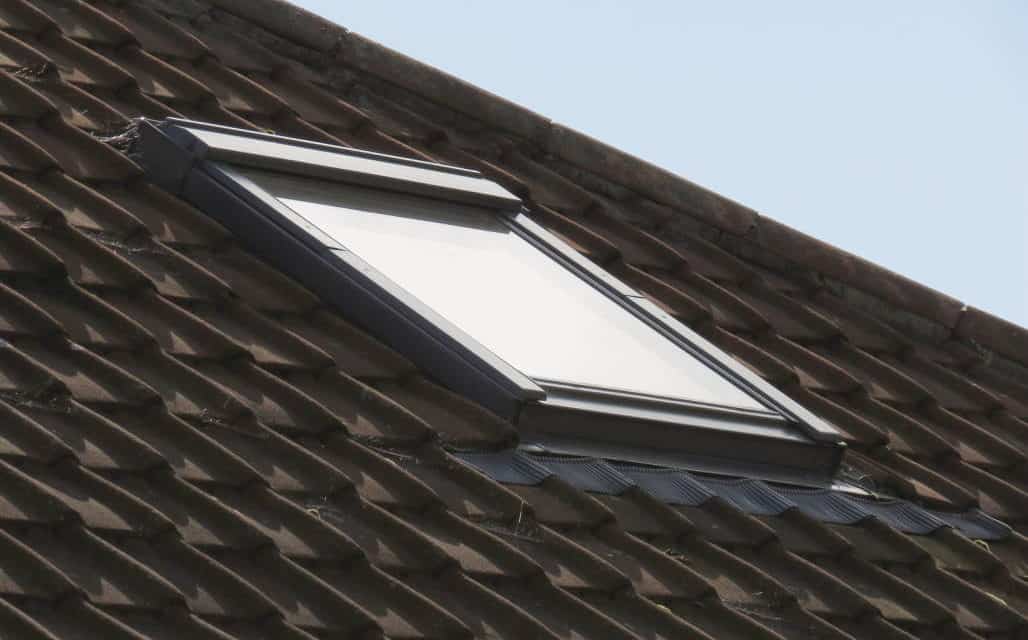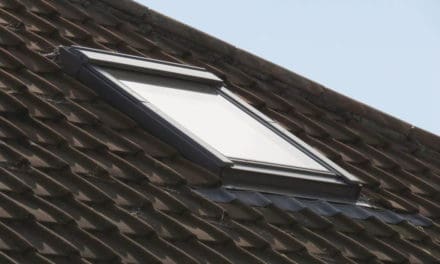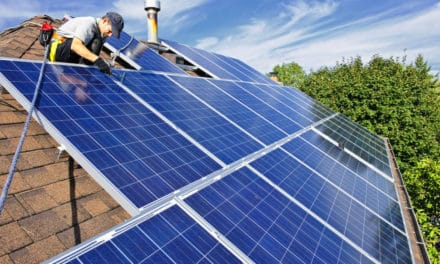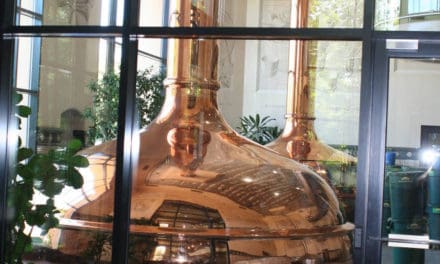Did You Know?
ENERGY STAR qualified windows, doors and skylights can reduce your energy bills up to 15% while helping protect the environment.
As of June 1, 2009, windows, doors, and skylights with U-factor and Solar Heat Gain Coefficient (SHGC) ratings of less than or equal to 0.30 are eligible for a federal tax credit of 30 percent of the product price, up to $1,500. Although it seems complicated to determine which products meet those requirements, ENERGY STAR makes it easy. Look for the following ENERGY STAR labels and you can be sure the product you are buying is eligible for the tax credit. You can also call or stop by your local glass shop like Peterson Glass in Chester to find out more.
Qualifying products purchased by December 31, 2010 are eligible for a tax credit equal to 30 percent of the product cost. Installation is not included; be sure to obtain an itemized invoice from your retailer or installer. The maximum amount of homeowner credit for all improvements combined (including roofing, insulation, HVAC, and water heaters) is $1,500 during 2009 and 2010.
It just got harder for a TV to earn the ENERGY STAR. Now TVs that carry the government’s ENERGY STAR label are, on average, 40% more efficient than conventional models. Available in stores nationwide, these TVs will help consumers save even more energy and money, reduce greenhouse gas emissions, and still deliver all the features and performance quality they expect.
|
Source: US Department of Energy, http://www.energystar.gov/index.cfm?c=home_sealing.hm_improvement_sealing












